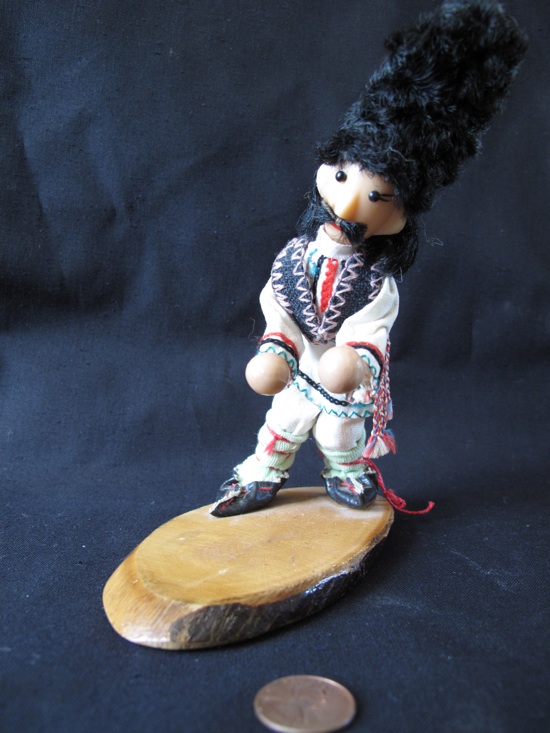Busy? Listen to this post!
Why would somebody buy a Russian doll on eBay for $193.50, when it was picked up at a thrift store for just $3? Or a plastic pink horse sold for $104.50, when it was bought for just $1?
The answer isn’t complicated. In fact, it’s something I’ve covered in the Einstein Marketer blog multiple times.
Before we get into the why and how, let’s talk about the what.
The Significant Object Project began in 2009. In this experiment, curators were sent out to thrift stores and garage sales to buy 200 items for no more than a few dollars each. These near-worthless items would then be listed on eBay by the curators in a bidding format.
And, then people would spend way more on the item than the curators had paid to acquire them.

So, where’s the catch? If it was really that easy, we’d all be doing it, right?
The success of the project wasn’t in the curator’s eye for a bargain or knowledge of antiques, it wasn’t their sales skills or their ability to drive traffic to their eBay page…
…it was HOW they turned subjective value, into objective value. And it’s something that all marketers, business owners and start-up founders can learn from (in their own specific way).
If you market, sell or own a business, and you haven’t heard of this near ten-year old study, check out one of the links I’ve dropped in this page. You will learn LOADS of transferrable techniques, but first…
…How Did They Do it?
The answer is actually a whole lot simpler than you’ve probably imagined…
…stories.
For every item bought, the experiment’s curators recruited a creative writer to conjure a different back-story. These back-stories were then used in the description box, alongside the object’s photo.
This made these near-worthless items suddenly become significant. And this shift from worthless to worthy, isn’t speculation or empty talk, it was proven by 200 different items.
If you’ve been ignoring our calls to include brand stories and storytelling in your marketing campaigns (particularly content), now’s the time to take notice.
This is an image of the Russian figure I mentioned at the start of this post, take a long hard look at that item, would you spend nearly $200 of your hard-earned money on it?
The Russian Figure (above) was sold for $193.50 in the Significant Objects study. If you’d like to read the story, click on the IMAGE, it will take you directly to the page.
The experiment’s curators spent $3 on that thing. If you’re anything like me, you’d have to pay me to put it in my house! But because of the story attached, bidding from multiple people drove its value up by 64x.
Let’s be clear on something, I don’t think attaching stories to your brand will increase your product’s price points by that ridiculous level (64x), but I KNOW that sprinkling stories through your content and branding will increase your relatability and value…
…and in turn, generate more engaged customers and followers.
Why Do Stories Work?
There are three reasons that stories have value-increasing properties in marketing, so before you go away and start creating them yourself, make sure you understand them, and know how to implement them.
I don’t want to go through all of them here (because I’ve written a complete 5 part guide about it!), but if you’d like to learn more about driving stories into your brand or content strategy, check out our Storytelling for Marketers Blog Series. it’s just about the most thorough guide to storytelling for marketers, ANYWHERE.
Conclusion
As marketers, business owners and entrepreneurs, you must understand the importance of value-increasing techniques.
The Significant Objects project is an amazing example of the power of stories. You might not be able to use them for each and every product/service that you sell (if you can, definitely do!), but they can be utilised to multiply your brand’s value.
If your brand is able to engage with your customer’s and audience’s lives on a higher level, you will see less price sensitivity, greater retention rates, higher customer satisfaction, greater demand and ultimately, the big G word that everyone’s chasing…
…GROWTH.
Check out the Significant Objects Page to learn more about their stories, and visit our Storytelling for Marketers Series to discover how to implement them!
What do you think of the project? Have you used stories in your marketing campaigns? What success did you have?
Leave a comment, we’d love to hear you opinion!
- Author Details






